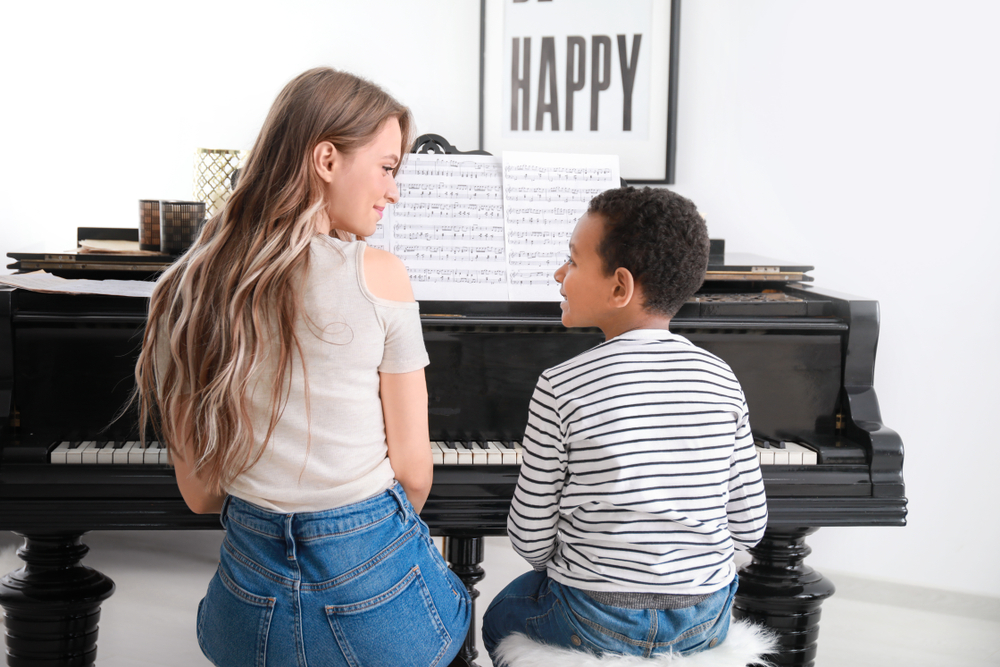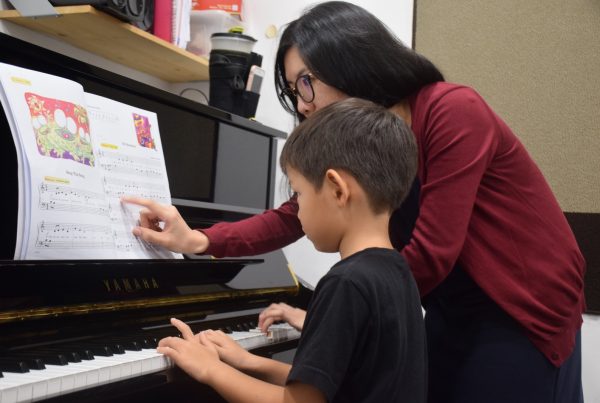Parents in Utah increasingly turn to home-based piano instruction for the convenience of “Piano Teachers that Drive to You.” Choosing the right piano technique methods is the key to sustained motivation, healthy hand development, and lifelong musical enjoyment. This guide explains how child-focused techniques work, compares popular approaches, and shows how to blend in-home piano technique lessons for children with fun practice games that transform daily drills into discoveries.
Table of Contents
- Why Piano Technique Matters in Early Childhood
- Understanding Piano Technique Methods for Kids
- Comparing Popular Methods & the Volz Piano Technique Method
- In-Home Lessons in Utah: Piano Teachers That Drive to You
- Building Consistent Practice Habits at Home
- Choosing the Best Method for Your Child
- Frequently Asked Questions
Why Piano Technique Matters in Early Childhood
Learning proper piano technique for kids supports hand strength, finger independence, and reading fluency. Studies from the Massachusetts Institute of Technology show that early keyboard work sharpens language skills by improving auditory processing. Child-friendly technique also boosts confidence, as highlighted by Roland’s research on cognitive gains.
The developmental benefits of piano lessons include stronger memory, self-discipline, and creativity, making music an ideal partner for academic success.
Understanding Piano Technique Methods for Kids
Foundational Skills
Most beginner piano technique methods for children introduce three pillars: posture, hand shape, and graded finger exercises. Kid-friendly programs weave in piano exercises for young learners such as five-finger patterns and rhythm games described by Piano-Lessons-Info.
Technical Progressions
International benchmarks like the Royal Conservatory of Music Certificate Program lay out technical tasks that scale from elementary to advanced levels, ensuring foundational piano technique methods for elementary-aged kids grow logically year by year.
Comparing Popular Methods & the Volz Piano Technique Method
Traditional Classics
Suzuki emphasizes listening and imitation, while Alfred’s Kid’s Piano Course mixes cartoons with reading. Both nurture children’s piano technique but may rely on parent practice partners.
The Complete Volz Piano Method
Volz Piano blends tactile exercises, sight-reading, and theory into a single curriculum. Mobile teachers demonstrate private piano technique instruction for kids right on your family’s instrument, so posture corrections happen in the same environment where children practice.
Choosing & Blending Approaches
- For visual learners, integrate videos like an easy first piano lesson.
- For kinetic learners, try foam hand warm-ups from Teach Piano Today.
In-Home Lessons in Utah: Piano Teachers That Drive to You
Parents love the convenience of piano technique methods for kids at home. Volz Piano’s mobile program eliminates travel stress and keeps lessons on familiar instruments. Utah’s thriving arts scene, supported by groups like NAfME, backs initiatives that expand access to music education statewide.
This “piano teachers that drive to you technique lessons for kids Utah” model also allows tutors to observe bench height, lighting, and sibling distractions—factors that often undermine technique when left uncorrected in studio-only setups.
Building Consistent Practice Habits at Home
Game-Based Routines
Transform drills into play by using story-based warm-ups like those from TeachPianoToday printables. Such approaches align with kid-friendly piano techniques that keep sessions short and focused.
Parental Coaching
Psychologists note the power of joint parent-child lessons in building grit and accountability (Psychology Today). When parents sit beside young learners, children’s piano practice methods shift from “homework” to “family challenge,” reinforcing motivation.
Effective Schedules
- Use sectional practice (two-to-eight measures at a time) as recommended by Mercy for Marthas.
- Mix in 10 beginner piano exercises for variety.
- Remember that daily “playing” fosters stick-to-itiveness, as parents discuss in online piano communities.
Choosing the Best Method for Your Child
To select the best piano technique methods for children, evaluate learning style, teacher personality, and scheduling needs. A child who thrives on structure may enjoy graded exams like the RCM Elementary assessments, while a creative spirit may prefer improv-heavy curricula.
Exposure age matters, too. Child-development experts at Parents Magazine suggest starting formal lessons around five, when focus and motor control align. For toddlers, musical play sets a foundation that later supports youth piano method strategies.
Frequently Asked Questions
What age is ideal to begin piano technique methods?
Most children can start structured lessons around age five, though playful exposure can begin earlier.
How long should kids practice each day?
Ten to fifteen focused minutes, gradually expanding with age and level.
Do in-home lessons cost more than studio classes?
Rates vary; however, saving commute time and ensuring a quality home setup often balances the investment.
Which method suits highly active learners?
Look for programs with movement-based games and improvisation, like the Complete Volz Piano Method.
How can parents verify teacher credentials?
Request degrees, background checks, and references; organizations like NAfME maintain educator standards.


